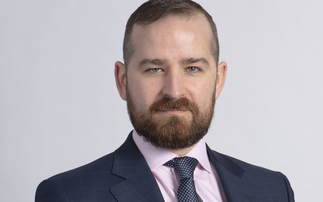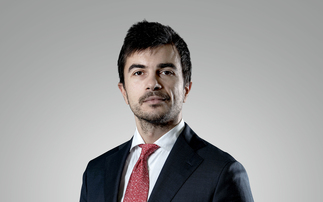Partner Insight: Multi-asset is evolving from straight forward cautious and balanced outlooks to outcome-orientated and targeted-return strategies. But as investors enter a new era of quantitative tightening, a focus on traditional, long-term metrics will be key to achieving success according to Prudential Portfolio Management Group's Andy Brown
The investment industry has been on a steep learning curve over the past decade, with regulatory change, political revolutions and monetary policy upheaval leading to unprecedented market economics.
It has changed multi-asset investing in particular - not always for the better argues Andy Brown, Investment Director at Prudential Portfolio Management Group (PPMG).
"An analysis of multi-asset funds over the last few years reveals there have been very few losses within the portfolios - if any at all. This sounds great. But multi-asset funds are not supposed to do this. It is not how or why they were built. A multi-asset fund should be able to hold up returns in good times, but balance off negative markets and provide an element of protection against risk when they fall. The fact that everything appears to be going up can lead to future expectations being unsatisfied."
Unorthodox monetary policy and a lack of volatility since the global financial crisis has created a unique set of investment circumstances for multi-asset investors, according to Brown. Investors who two decades ago would have been content to buy gilts alongside a few stable equity holdings to receive a monthly income are today having to incorporate high-dividend paying, and at times risky, stocks in order to achieve a similar level of return. The wave of money being invested in so-called risk assets has resulted in values of most assets in the UK and US rising, and that means the yields on said assets have fallen.
Brown explains: "A multi-asset fund should help retail investors invest through market noise and risk-on/risk-off events to produce smooth, stable returns over long time periods. The problem is many investors think short term, and do not understand what market noise or volatility really means today. Especially as global central bank support has led many to view risk as effectively being ‘free'. This will no longer be the case as economies continue, or start, on a path of monetary tightening, however. The next three or four years will see investors experience a much rockier ride."
Click here for access to the full interview and Multi-Asset magazine which explores the evolution of investment markets and how multi-asset fund strategies have moved on from single manager ‘cautious' and ‘balanced' vehicles.












